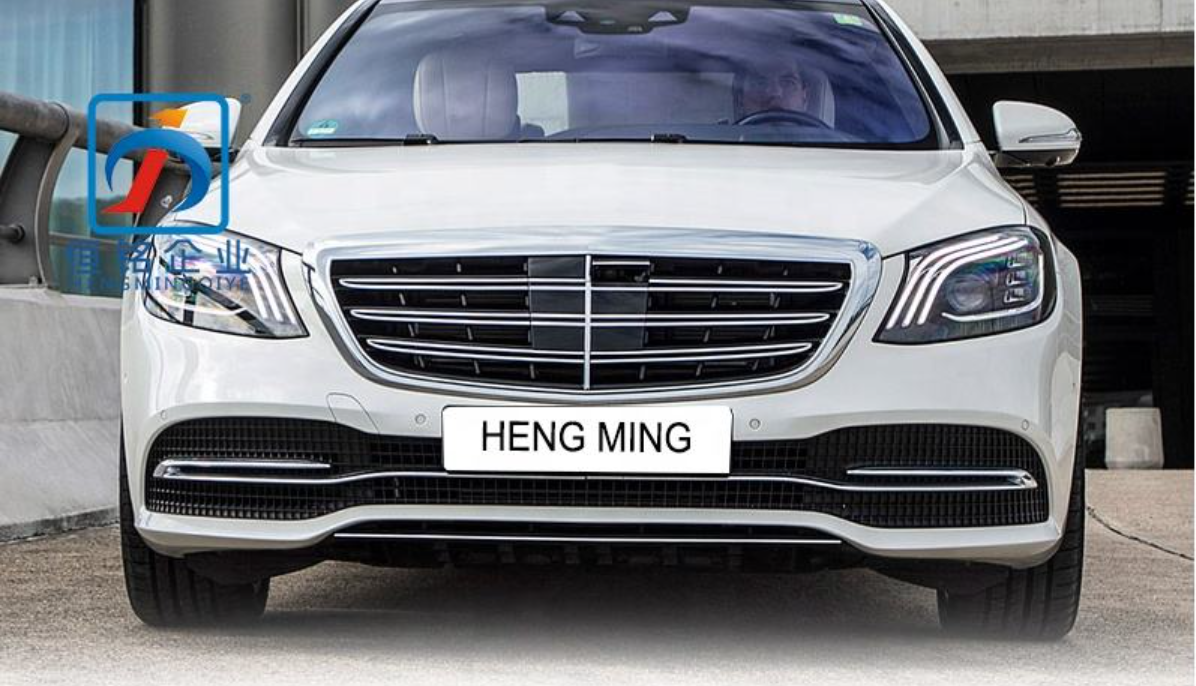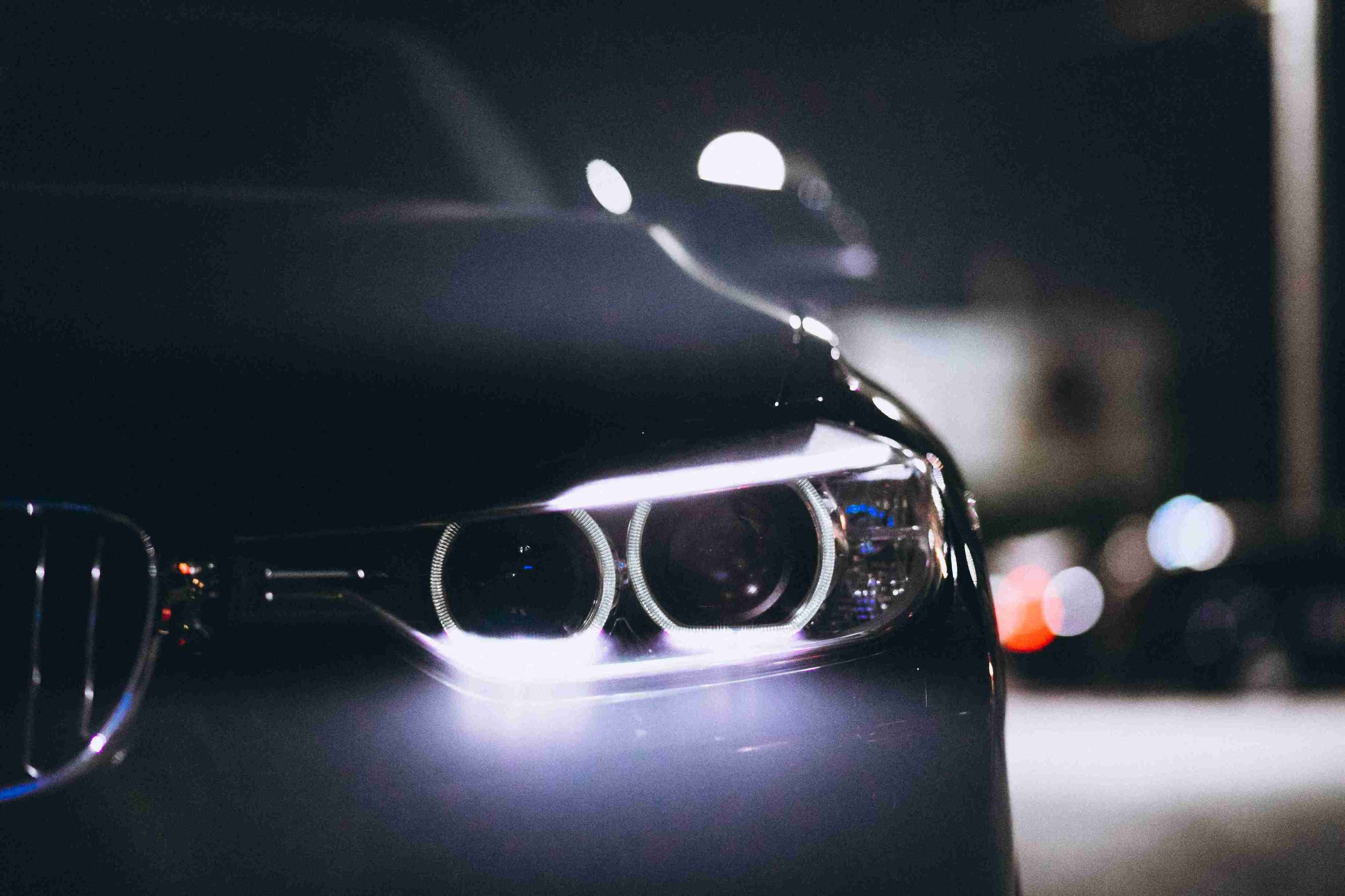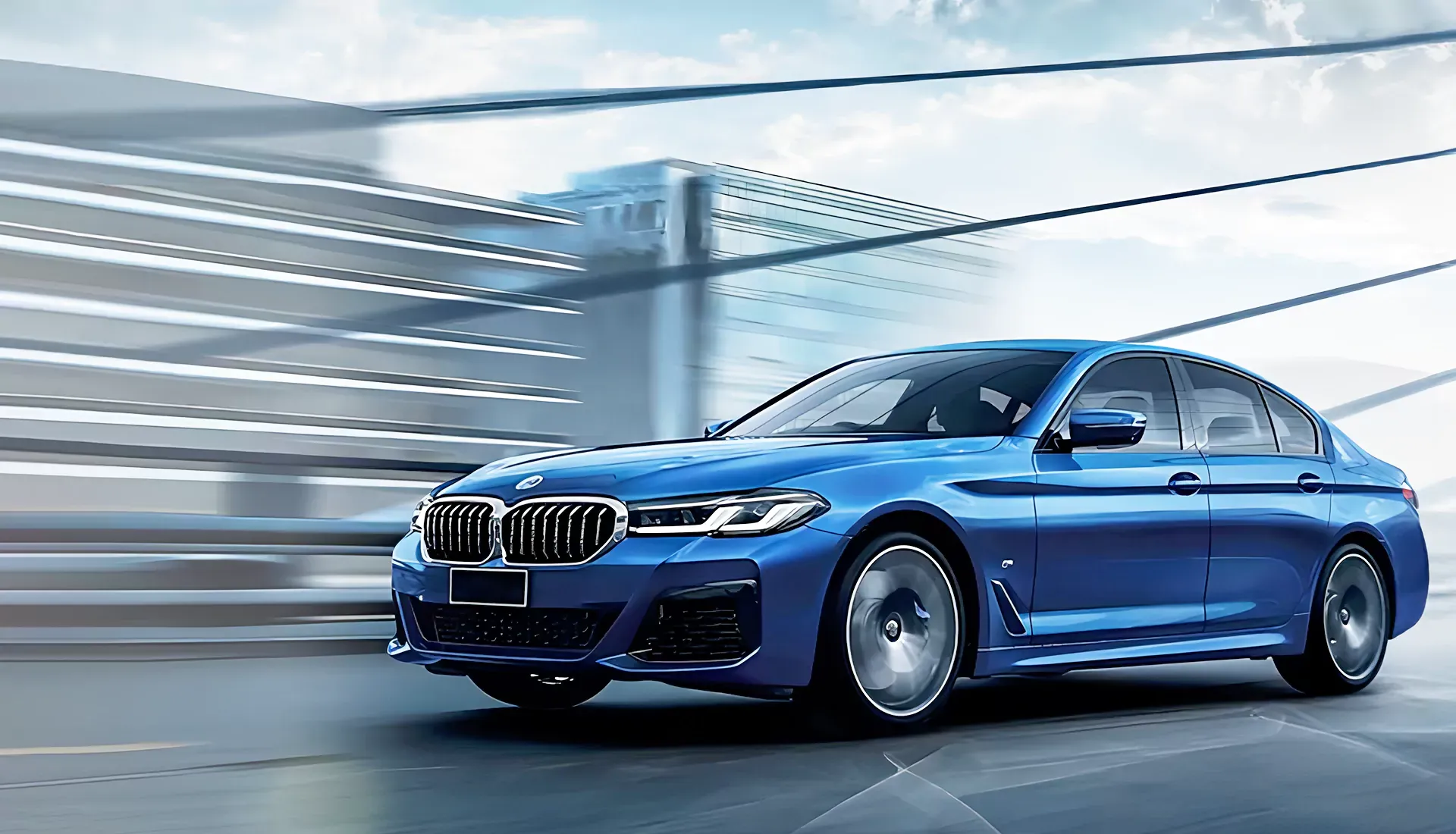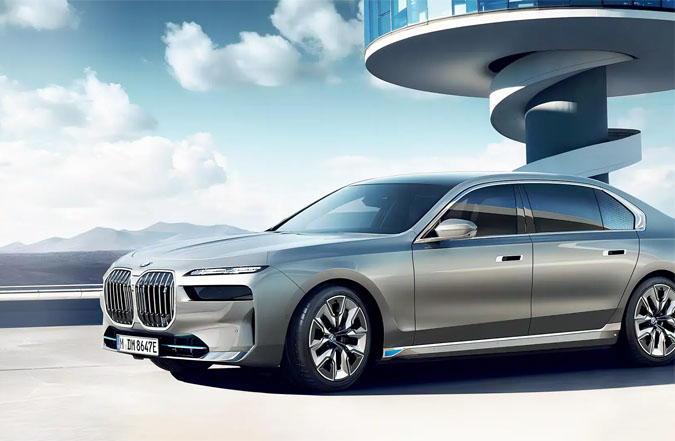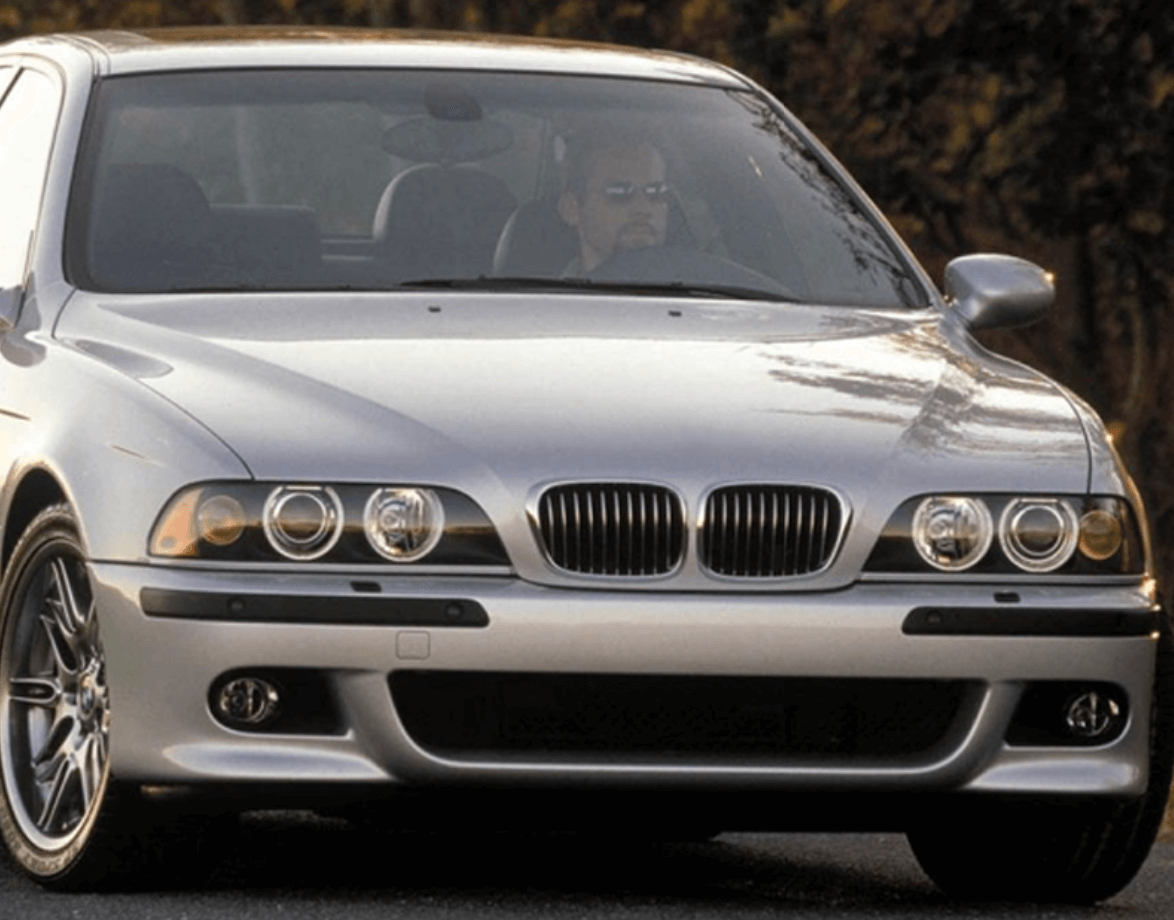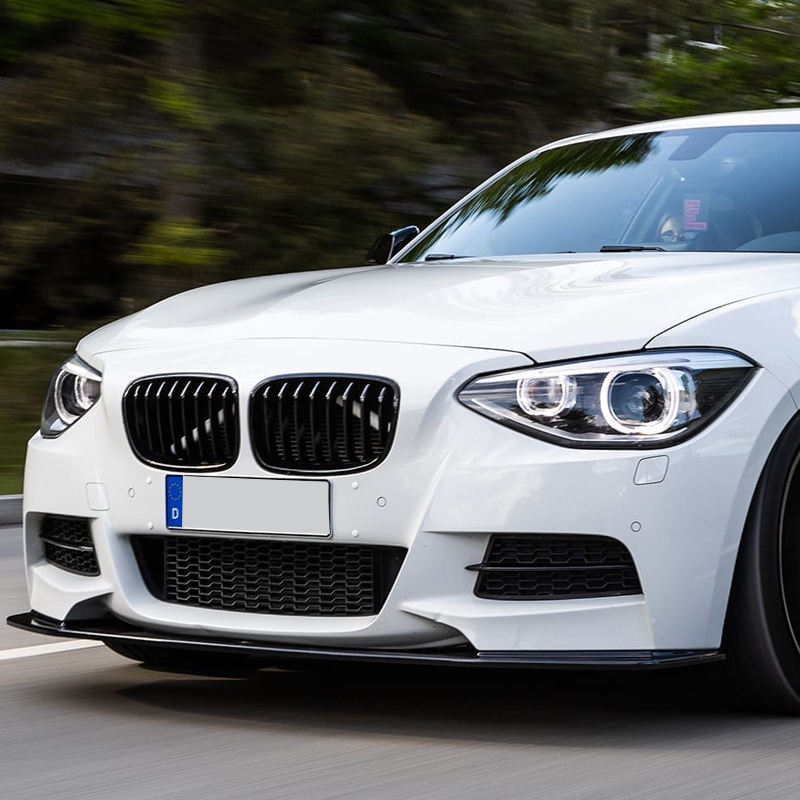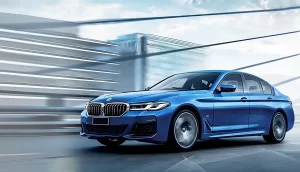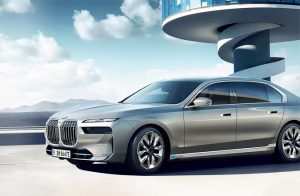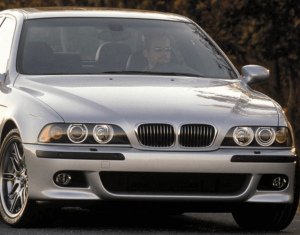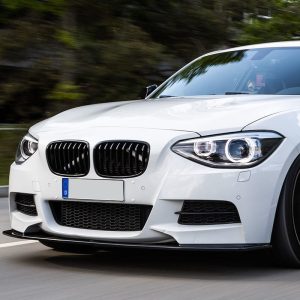Introduction to Vehicle Radiator Grilles
Welcome to the world of automotive design, where every component plays a vital role in enhancing both performance and aesthetics. Today, we’re diving into the fascinating realm of radiator grilles – those intricate patterns you see adorning the front of vehicles. But these grilles are not just there for show; they serve a crucial purpose in optimizing vehicle performance as well.
In this blog post, we will uncover the dual role that radiator grilles play in improving both form and function. From their impact on aerodynamics to their contribution to fuel efficiency, we’ll explore how these seemingly small details can make a big difference on the road.
So buckle up and join us as we delve deep into the world of radiator grilles – an element that combines style with substance like no other!
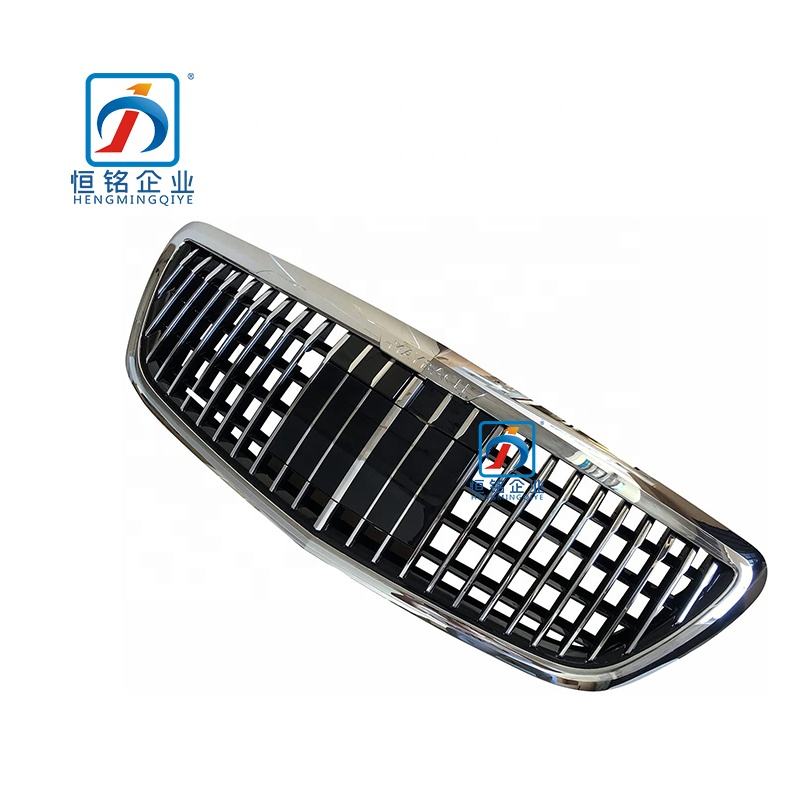
The Function of Radiator Grilles in Vehicle Performance
When it comes to vehicle performance, many factors come into play. One often overlooked yet crucial component is the radiator grille. This seemingly small part plays a big role in keeping your engine cool and optimizing overall performance.
First and foremost, the radiator grille serves as a protective barrier for the radiator itself. It prevents debris such as rocks, sticks, and insects from entering the engine compartment and causing damage. By doing so, it helps maintain proper airflow to the radiator, ensuring efficient cooling.
Additionally, radiator grilles can impact aerodynamics. The design and shape of the grille can affect how air flows through it and around the vehicle. A well-designed grille will minimize drag by directing airflow effectively while still allowing sufficient cooling.
Furthermore, some modern vehicles incorporate active grille shutters that open or close based on temperature needs. When closed at higher speeds or during cold weather conditions, these shutters help improve aerodynamics by reducing wind resistance.
In terms of fuel efficiency, an optimized radiator grille design can make a significant difference. By enhancing airflow without compromising cooling capabilities, less strain is placed on the engine and other cooling components—resulting in improved fuel economy.
Manufacturers are constantly researching new materials for radiator grilles to maximize their function even further. Lightweight materials like composite plastics are being used to reduce weight while maintaining durability—a win-win situation for both performance enthusiasts and eco-conscious drivers alike!
Materials Used in Radiator Grille Construction and Performance Impact
When it comes to the construction of radiator grilles, manufacturers have a wide range of materials at their disposal. Each material offers its own unique set of properties that can impact the overall performance of the vehicle.
One commonly used material is plastic, which is lightweight and easy to mold into various shapes. Plastic grilles are cost-effective and can be designed with intricate patterns for aesthetic appeal. However, they may not offer as much durability or heat resistance as other materials.
On the other hand, metal grilles such as stainless steel or aluminum provide excellent strength and rigidity. These materials are more durable and resistant to damage from road debris or impacts. However, they tend to be heavier than plastic grilles, which can slightly affect fuel efficiency.
Another important consideration in grille construction is airflow. The design and placement of the grille slats or openings determine how efficiently air flows through the radiator for cooling purposes. Some manufacturers use honeycomb patterns or adjustable slats to optimize airflow while maintaining a stylish appearance.
Furthermore, carbon fiber has gained popularity in recent years due to its impressive strength-to-weight ratio. Carbon fiber grilles offer both performance benefits and an upscale aesthetic appeal but come at a higher price point compared to traditional materials.
Choosing the right material for radiator grille construction involves striking a balance between weight reduction, durability, aesthetics, and functionality specific to each vehicle model’s requirements.
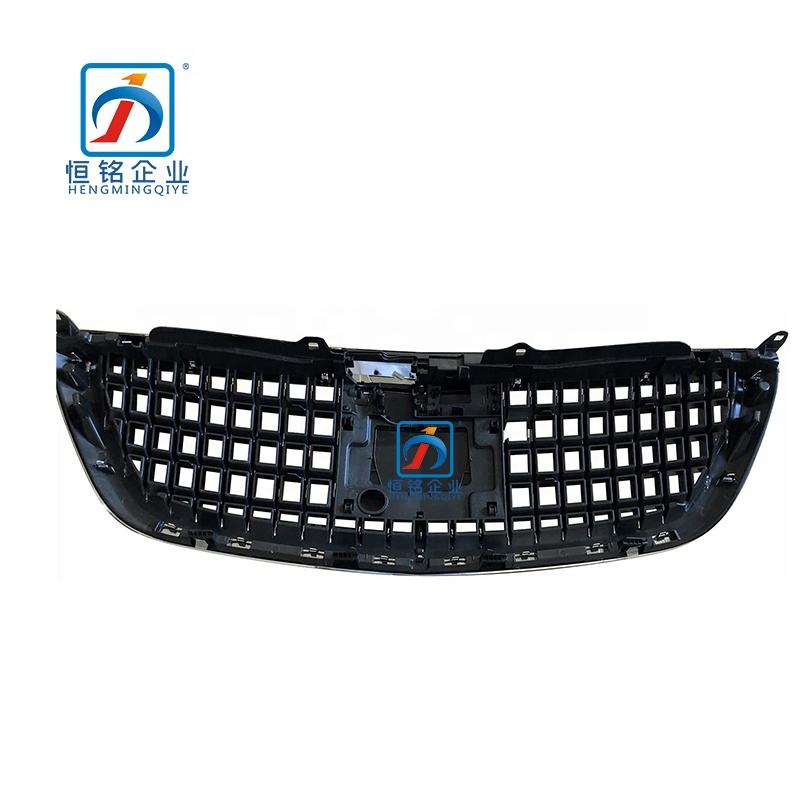
Role of Radiator Grilles in Improving Fuel Efficiency
Radiator grilles play a crucial role in improving fuel efficiency, something that every vehicle owner seeks. How exactly do these seemingly simple components contribute to better mileage? Let’s dive into the details.
The design of radiator grilles is strategically planned to optimize airflow to the engine. By allowing sufficient air intake, they help regulate the engine temperature and prevent overheating. But did you know that this airflow management also has a direct impact on fuel consumption?
Efficient cooling ensures that the engine operates at its optimal temperature, reducing friction and minimizing energy loss. A well-designed radiator grille allows for smooth airflow, reducing aerodynamic drag and improving overall vehicle performance. This means less work for your engine, resulting in reduced fuel consumption.
But it doesn’t stop there! Manufacturers are constantly innovating radiator grille technology to further enhance fuel efficiency. Some grilles feature active shutters that automatically open or close depending on driving conditions, optimizing aerodynamics based on real-time data.
Additionally, advancements in materials used for grille construction have also contributed to improved efficiency. Lightweight yet durable materials like carbon fiber composites are being employed, reducing the weight of vehicles while maintaining structural integrity.
In conclusion (without using those exact words), radiator grilles play a dual role in enhancing both vehicle performance and fuel efficiency. Their design influences airflow dynamics around the engine compartment while innovative technologies improve aerodynamics even further. So next time you look at your car’s grille, remember its important contribution beyond just aesthetics – it’s helping you go farther with every gallon of gas!
Advancements in Radiator Grille Technology for Better Functionality
Vehicle manufacturers are constantly striving to enhance the performance and efficiency of their vehicles. One area where significant advancements have been made is in radiator grille technology. The humble radiator grille, once just a decorative accessory, now plays a crucial role in improving the functionality of vehicles.
One key advancement in radiator grille design is the integration of active aerodynamics. Some modern cars are equipped with adjustable radiator grilles that can open or close depending on cooling needs. By dynamically controlling the airflow through the grille, these systems help regulate engine temperature and improve overall fuel efficiency.
Another noteworthy development is the use of advanced materials in radiator grille construction. In order to reduce weight and increase durability, manufacturers are turning to lightweight yet strong materials such as carbon fiber composites or high-strength plastics. These materials not only enhance performance but also contribute to better fuel economy by reducing vehicle weight.
Furthermore, innovative designs incorporating air curtains and vortex generators have emerged as game-changers in recent years. Air curtains placed strategically around the radiator grille create a barrier between incoming air and turbulent wheel well air, minimizing drag and improving aerodynamic efficiency. Vortex generators work by manipulating airflow to decrease resistance and stabilize it for smoother movement across the vehicle’s front end.
Additionally, some automakers are experimenting with smart radiator grilles that can actively adapt based on various driving conditions. These grilles feature sensors that monitor factors like engine temperature, external temperature, wind speed, etc., allowing them to adjust their configuration accordingly for optimal performance.
As technology continues to advance at a rapid pace within the automotive industry, we can expect even more exciting developments when it comes to radiator grille functionality. From improved aerodynamics to intelligent adaptive systems, these innovations will undoubtedly play a significant role in shaping future vehicle performance while enhancing fuel efficiency along the way!
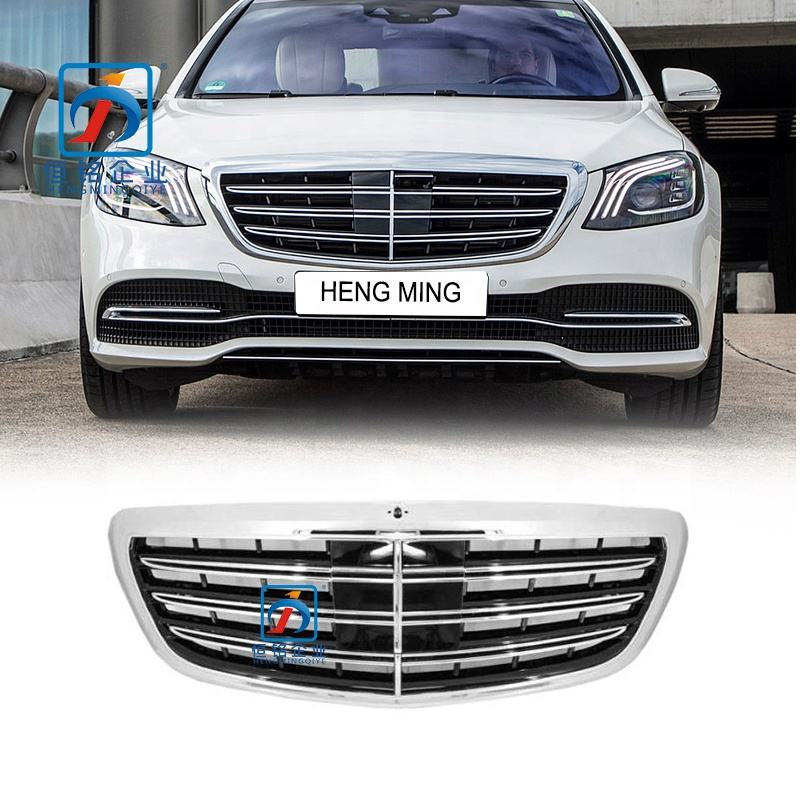
Conclusion
In today’s automotive world, radiator grilles play a crucial dual role in both form and function. These essential components not only provide protection for the vehicle’s cooling system but also contribute to overall performance and fuel efficiency.
The function of radiator grilles goes beyond just allowing airflow into the engine compartment. They are designed to optimize aerodynamics, reduce drag, and enhance cooling capabilities. By directing air properly through the grille openings, manufacturers can improve the vehicle’s overall performance.
Materials used in radiator grille construction have a significant impact on their functionality. The choice of lightweight yet durable materials like aluminum or plastic can help reduce weight while maintaining strength. This contributes to better fuel efficiency and handling.
Speaking of fuel efficiency, radiator grilles also play a vital role in improving it. By strategically designing grille patterns that promote efficient airflow while reducing resistance, automakers can enhance the vehicle’s aerodynamics and minimize energy wastage caused by unnecessary drag.
Advancements in radiator grille technology continue to push boundaries when it comes to functionality. Innovative features such as active grille shutters can automatically adjust openings based on driving conditions to optimize airflow and increase fuel economy even further.
Radiator grilles are more than just decorative elements adorning the front end of vehicles; they are integral parts responsible for optimizing performance and enhancing fuel efficiency. As automotive technology advances further, we can expect continued innovations in radiator grille design that will seamlessly blend form with function for an improved driving experience.
So next time you admire a sleek-looking car with its stylish front end design, remember that behind those striking lines lies an intricate network of radiators grilles working tirelessly to keep your vehicle cool while boosting its performance on the road!

